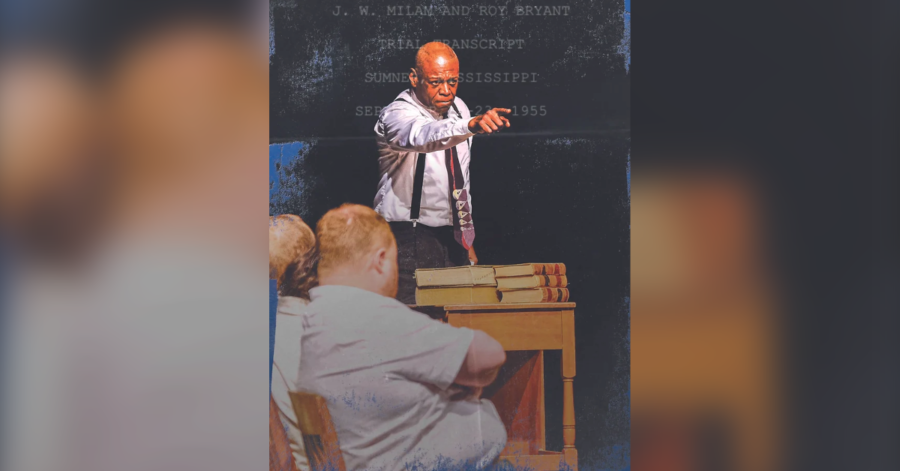It is African American History month, and it is important to reflect on said history. An important aspect of history to remember is the Emmett Till Case. Particular historical figure Mamie Till- Mobley was born in Webb, Mississippi. When she was young, she moved to Argo, Illinois. Mamie would go on to become the fourth Black graduate of the then-predominately white Argo Community High School. She married boxer Louis Till, and her son Emmett Till was born on July 25, 1941. At age 14, Emmett would travel to Money, Mississippi, to spend the summer with his cousins under the supervision of Mamie’s uncle Mose Wright.
However, this would be the last time she would see her son alive. Once in the Mississippi Delta, Emmett would go on to spend time with his cousins. They visited Bryant’s grocery and meat market. Inside there was an allegation that Emmett whistled at a white woman. She was revealed to be Carolyn Bryant. On Aug. 28, 1955, Roy Bryant, Carolyn’s husband, and his half-brother J.W. Milam abducted Emmett Till from Mose Wright’s house in the middle of the night.
Unfortunately, the two men beat and shot Emmett Till. They tied a cotton gin fan around his neck and dropped his body into the Tallahatchie River. His Body was found on Aug. 31 mutilated in the river. He was identified by his ring that says “L.T.” for Louis Till, his father. When he was discovered, his mother demanded that her son’s body be returned to Chicago. That is where she hosted an open casket funeral in order to show the world what they did to her son. It was a revelation that shocked the world and could, to some, be the foundation that permitted the building of the civil rights movement.
On Feb. 17, 2023, the DuSable African American History Museum in Chicago, Illinois, hosted Trial in the Delta: The Murder of Emmett Till. The play is based upon Mamie Till-Mobley, the prosecution, and defense at the scene at the Sumner, Mississippi courthouse. The scene is recreated based on transcripts from the courthouse that were found later. The scene was very realistic in that not only was it treated like a courtroom on stage, but the entire audience was also treated as a part of the courtroom. There was an excellent combination of the use of a video projector for extra emphasis and detail on what was being described.
The scene focused on the prosecution of the defendants, Milam and Bryant. Everything was magnificent, from the costumes to the hairstyles to the adaptation of the southern dialect. The play really felt like it was a step back in time to 1955. However, the reenactments and language used, as expected, were reminders of the ugly racism America has faced in the past and how it was demonstrated on a 14-year-old boy. When the scene ended, and the accused were freed as known and expected, it invited a moment of anguish. But this story and the ones that come after remind the American people that we must learn from the past so as not to repeat it. More importantly, we must be willing to confront hate wherever and whenever it should exist. Hate has no place in the country where we are all supposed to be one nation, equally protected under the law.





















